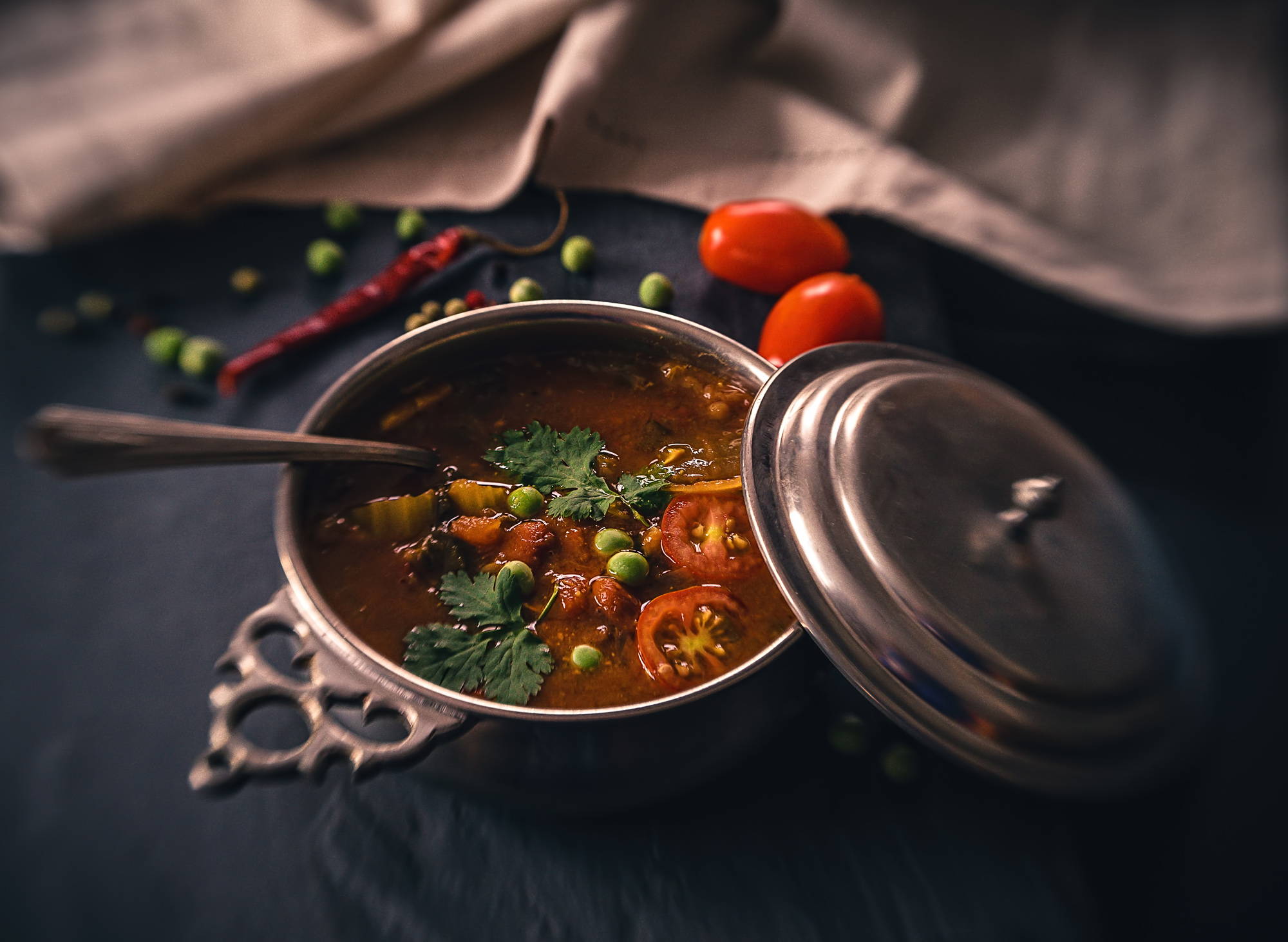Rise by Six: Your Daily Dose of Inspiration
Explore insights and stories that elevate your day.
Snap, Savor, Share: The Secret Sauce to Irresistible Food Photos
Unlock the secret to stunning food photos! Discover tips to snap, savor, and share your culinary creations like a pro.
5 Essential Tips for Capturing Mouthwatering Food Photos
Capturing mouthwatering food photos requires a perfect blend of technique and creativity. Lighting is one of the most critical elements in food photography. Natural light is your best friend, so try to shoot near a window during the day. Avoid direct sunlight, as it can create harsh shadows and wash out colors. Instead, aim for soft, diffused light that enhances the textures and colors of your dishes. Don't forget to experiment with different angles; a top-down shot often works well for flat lays, while a 45-degree angle might be better for layered dishes.
Another essential tip is to consider your composition. Use the rule of thirds to create a balanced photo; imagine your frame is divided into nine equal parts and position your main subject at the intersections. Incorporate props such as utensils, fabrics, or ingredients to enhance the scene without overwhelming the main focus. Lastly, don’t forget to style your food! Simple adjustments like garnishing a plate or arranging ingredients neatly can make a significant difference. Remember, the goal is to create an image that looks as delicious as the meal tastes!

How Lighting and Composition Can Transform Your Food Photography
Lighting plays a crucial role in food photography, as it can dramatically alter the mood and appearance of your dishes. Natural light is often the preferred choice for many photographers, as it brings out the vibrant colors and textures of food. By positioning your setup near a window during the golden hour—shortly after sunrise or before sunset—you can capture warm tones that enhance the allure of your meals. To further manipulate the light, consider using reflectors or diffusers to soften harsh shadows, ensuring that each dish is presented in the most appealing way possible.
Alongside composition, lighting can enhance or detract from your food photos. A well-composed shot draws the viewer's eye and highlights the beauty of the dish. Utilize the rule of thirds by dividing your frame into a grid, placing the main elements of your food artfully along these lines or at their intersections. Additionally, incorporating layers and textures can create depth, making your images more inviting. Remember, every element in your frame should harmonize with the lighting to create a cohesive visual story that makes every bite irresistible.
What Makes a Food Photo Irresistible? Unpacking the Secrets
When it comes to food photography, several key elements combine to make a photo truly irresistible. First and foremost, lighting plays a critical role; natural light can enhance the textures and colors of the dish, creating a more appetizing appearance. A well-lit photo can accentuate the steam rising from a hot dish or the glistening surface of a freshly cooked meal, making it hard for anyone to resist. In addition to lighting, the composition of the shot is essential. Using the rule of thirds or leading lines can draw the viewer's eye to the food, while a clean background keeps the focus on the culinary delight.
Another secret to an irresistible food photo is the choice of props and garnishes. Striking plateware, cutlery, and even ingredient arrangements can elevate the overall aesthetic. Adding fresh herbs or a sprinkle of spices not only enhances flavor but also adds a splash of color that can make the dish pop in the frame. Furthermore, the angle from which the photo is captured can dramatically affect its appeal; a top-down shot might work wonders for a food spread, while a close-up can highlight intricate details that make the dish unique. Ultimately, by mastering these elements, food photographers can create images that are not only visually stunning but also evoke cravings in viewers.